| Structure | Name/CAS No. | Articles |
|---|---|---|
 |
Ethanol
CAS:64-17-5 |
|
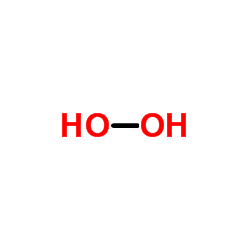 |
Hydrogen peroxide
CAS:7722-84-1 |
|
 |
DPPH
CAS:1898-66-4 |
|
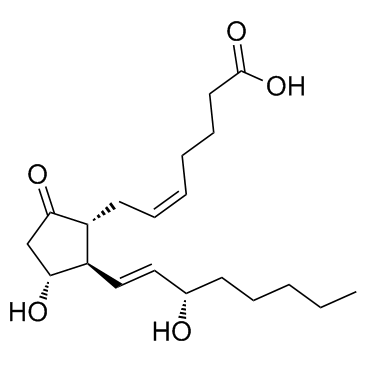 |
Dinoprostone
CAS:363-24-6 |
|
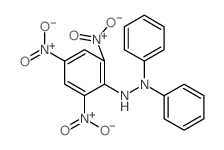 |
1,1-DIPHENYL-2-PICRYLHYDRAZINE
CAS:1707-75-1 |
|
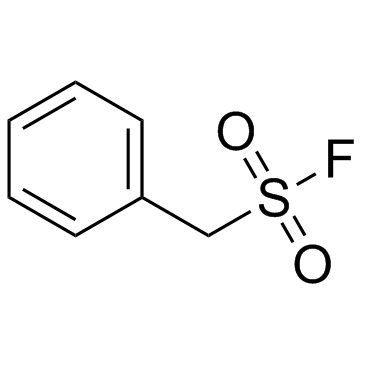 |
PMSF
CAS:329-98-6 |
|
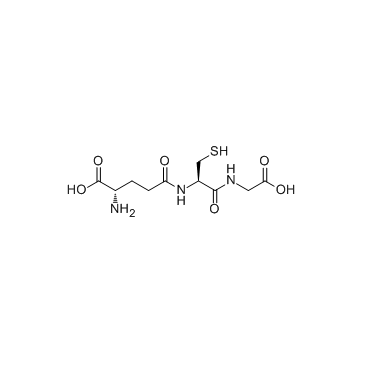 |
Glutathione
CAS:70-18-8 |
|
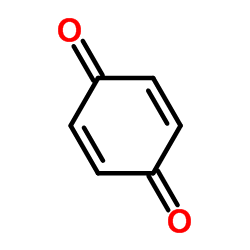 |
1,4-Benzoquinone
CAS:106-51-4 |
|
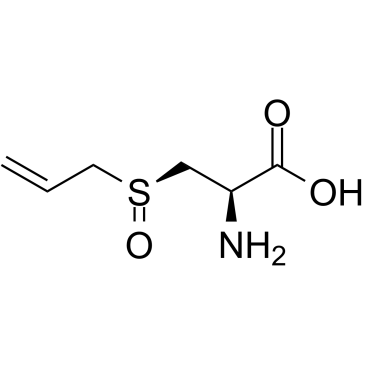 |
Alliin
CAS:556-27-4 |
|
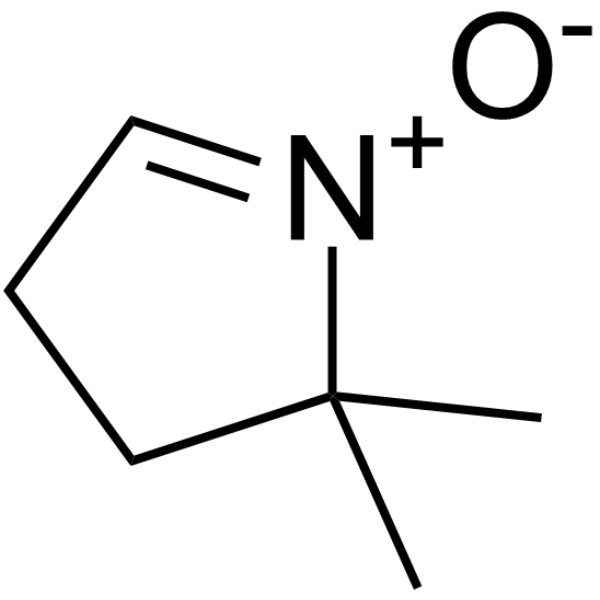 |
DMPO
CAS:3317-61-1 |